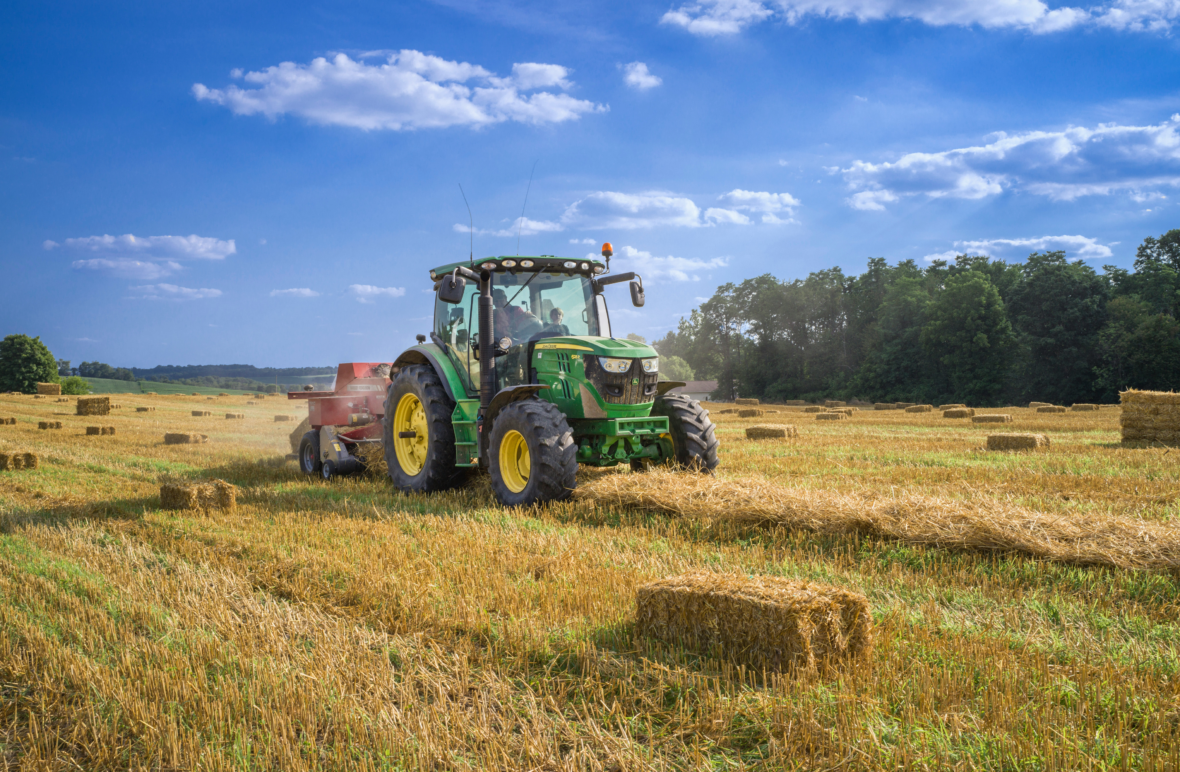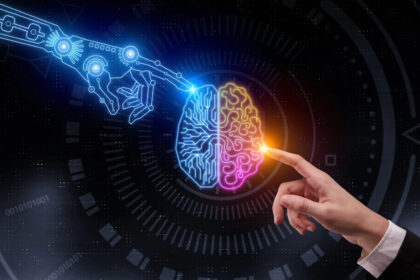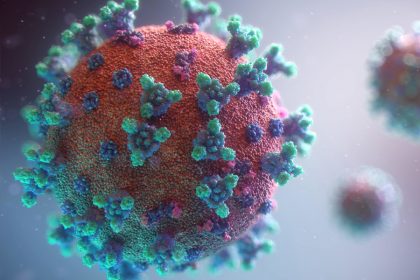Hi readers!
Hope you enjoyed part 1. Here is Part 2.
As explained earlier, conventional agriculture has now stood obsolete and is being replaced with
Industrial agriculture
E-agriculture,
M-agriculture ( discussed in part 1) but, what we desperately require is
Producing more food, with less resources and in a more responsible way.
To meet these and the challenges of climate change, water scarcity, and population growth, we require new technologies like precision, smart, and digital agriculture.
Precision agriculture is accurate, optimized and controlled and use information technology (IT) which include
- automated hardware and software,
- autonomous vehicles,
- drones,
- GPS guidance,
- robotics,
- sensors,
- soil sampling, and
- telematics (combination of communications and informatics) to transmit, store and receive information (from devices and remote objects over a network) to be used in optimization. For example, instead of applying an equal amount of fertilizers over the entire field, precision agriculture involves measuring within-field soil variations and adapting the fertilizer strategy accordingly.
This leads to saving costs and reduced environmental impact and is done with the help of GPS.
Adoption of mobile devices, access to high-speed internet, low-cost and reliable satellite communications for positioning and imagery helped manufacturers optimizing the farm equipment which circled the trend for precision agriculture.
Precision agriculture can be adopted in Pakistan with some efforts to convince progressive farmers, but traditional farmer will not accept it due to too much involvement of external forces and little understanding of their own.
Smart agriculture employ IT and data technologies (an area which is beyond our comprehension because we don’t generate data.
Smart agriculture is about how to access data and accompanying information and how to used it intelligently to increase the quality and quantity of the products that will eventually result into
producing more food with less investment and the same amount of land (this is what we should and are striving for).
The technology for smart agriculture ranges from IoT (Internet of Things: the word that hardly anyone can comprehend in our agricultural community), and robotics to drones and Artificial Intelligence (a field that has not yet been properly understood here) for monitoring field conditions without going to or in the field. This enables farmers to make accurate decisions for the whole farm, a lot, or a single plant. It is managed by companies as it is beyond the capacity of an individual’s management, however, to negotiate with a company, it is imperative that,
“we understand the intricacies of the entire system and its nitty-gritty. Without this, anyone and everyone can make fool out of us, and we will have nobody to blame but ourselves”
This is my experience
Smart farming is software-managed and sensor-monitored which reduces overall prices, increase yield, and enhance the quality of the produce. This automation will ultimately result in production efficiency, quality improvement, and sustainability.
IoT is vital for data and control and is a real game changer that will transform farming and food chain into innovative webs of connected objects and will radically improve productivity and sustainability.
How we will meet this challenge of the challenges is a real challenge for our agriculturists
It’s not difficult but need vigilance
Digital agriculture is all about integrating digital technologies, production tools, and information to make informed decisions for improving productivity.
Population growth and the accompanying demand for food is the main deriver. While increasing production is a challenge, it is coupled with another complicated challenge of climate change , increased temperature, erratic rains, extreme weather events, and reduced water availability and is haunting the farmers to continue innovating for meeting increased food demand.
Need to involve research institutions and credible researchers
This double challenge is coupled with yet another challenge of meeting consumer’s preferences of getting high quality and sustainably produced food and fiber along with information from where the food is coming from? especially if the produce is export oriented? Digital technologies not only give farmers the ability to meet these challenges but also enables them to improve the traceability of agricultural products and increase their value for the farmers, however,
Our agricultural community generally lack the capacity to understand these intricacies. Who will convince them to learn and adopt this change is another challenge?
.
It is now clear that tools to increasing agricultural productivity lies in new and emerging technologies such as:
- Robotics
- Bio, digital and wireless technologies for data measurement
- Weather, animal and geospatial monitoring and
- Precise application of water and chemicals.
Robots are being used in dairy, poultry and beef farming for
autonomous feeding and milking,
egg collection and sorting, and
autonomous cleaning.
Less waste and higher yields are being accomplished by equipment programmed for variable seeding rates and depths based on soil property and moisture data derived from satellite imagery.
Digital infrared light and heat sensors combined with GIS in drones are used to measure crop health in a compound to make informed decisions about:
irrigation
pest management
fertilizer applications and
harvesting.
Sensors and electronic identification devices can enable farmers to rapidly respond to animal stress or disease, help increasing livestock production and improve livestock health.
Who will deny Digital farming’s potential to revolutionize agriculture?
As we desperately need new ways to grow more food more sustainably,
we need to apply digital technologies such as data science, advanced sensors in the field and from space, digital communication channels, and automation on the field if we are serious in our objectives.
Deseret Farming: a totally different concept of agriculture is another option where different types of technologies are being used and will be explained in Part 3.
That’s all for now dear readers,
See you next week, Take care, Bye.





